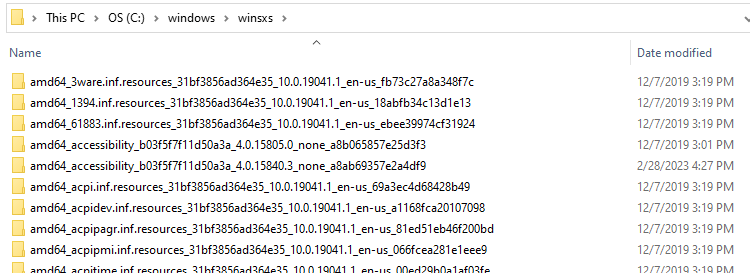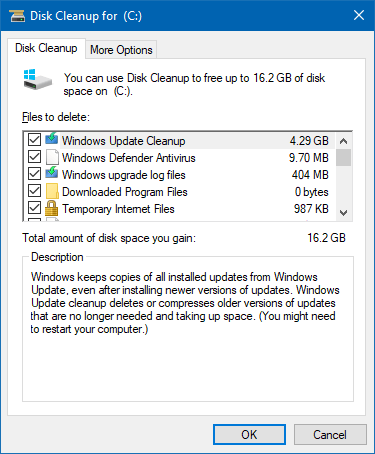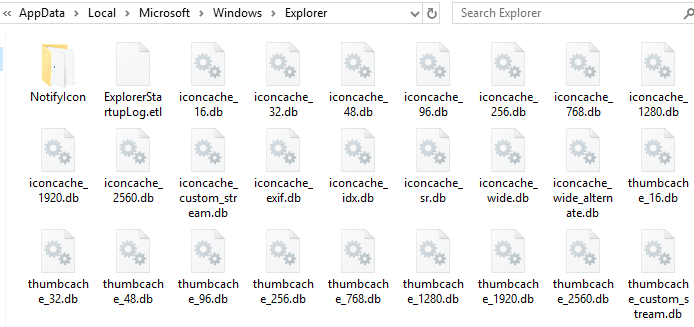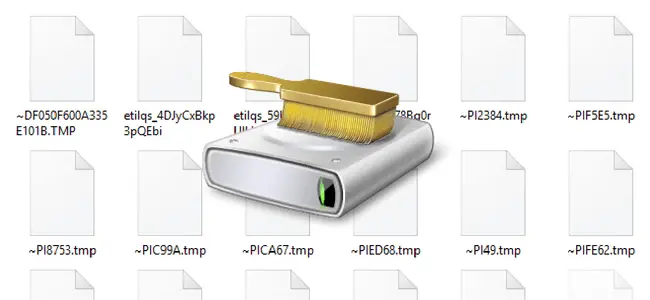The Component Store or the WinSxS folder, located under the Windows folder, is used to support the functions needed to customize and update Windows.
disk cleanup
How to Free Up Gigabytes of Disk Space in Windows
Windows 10 updates, especially the feature updates, consume enormous disk space as Windows stores the older copies in case you want to roll back to the previous version. Hard disk drives have become cheaper and affordable nowadays. A 1 TB SATA HDD costs less than $50. But, if you’re using an old, low-capacity hard drive from an old computer and want to free up disk space, this article tells you how to do that.
After installing a feature update, Windows 10 automatically cleans up the previous Windows installation files (Windows.old) after ten days. However, there are some other ways with which you can free up disk space in Windows. Let’s see some of the options.Read more
Stop Disk Cleanup and Storage Sense from Emptying your Downloads folder
If you use Disk Cleanup, you will want to be aware of a change to its options since the October 2018 feature update (v1809). Disk Cleanup, now also has the option to delete the contents of your Downloads folder.

However, many users like to use the Downloads folder as permanent storage area to preserve their downloaded files. This post tells you how to prevent Disk Cleanup and the modern Storage Sense tools from clearing files in your Downloads folder.Read more
[Fix] Thumbnail Cache Auto Deletion Problem in Windows 10
When you browse a folder containing media files, Windows generates thumbnail images of your image and video files if the folder view is set to thumbnail view (medium, large or extra large icons.) The generated thumbnail is cached and written to database so that the system need not regenerate the miniature thumbnail images every time you open the folder.Read more
Disk Cleanup Bug : 3.99 TB Used by Windows Updates [Fixed]
After installing a Cumulative Update, when you run Disk Cleanup (cleanmgr.exe) as administrator to cleanup system files, it may incorrectly show 3.99 TB as being occupied by older versions of Windows Updates.Read more
Start Disk Cleanup With All Checkbox Options Enabled by Default
When you open the Disk Cleanup tool, most if not all of the cleanup options are unchecked by default. Disk Cleanup doesn’t remember the options you enabled the last time when you used it.Read more
Automatically Clear Temp Files Using Disk Cleanup, Storage Sense or Batch file
The TEMP directory (%temp%) gets bloated over time as applications store data over there and don’t always remove the files and folders they created. And, software installers extract the contents of the setup packages to the %temp% folder and fail to do the cleanup act when the installation is complete.Read more
Why doesn’t Disk Cleanup Clear the Temp Folder Contents Completely
Disk Cleanup (Cleanmgr.exe) is a built-in tool in Windows that offers some useful cleanup options not available in other 3rd party cleanup tools. It can remove superseded device drivers, Temporary Files, Internet Explorer cache, obsolete Windows Updates, Previous Windows Installation (Windows.old) folder, and much more.Read more
How to Delete Windows.old folder [Previous versions of Windows]
Windows Operating System upgrades and version updates would leave plenty of files behind in the system drive. This is because Windows keeps the files from the previous versions of Windows in a separate folder in case the user wants to roll back the major update (or OS upgrade).Read more
Fix: Thumbnails Not Showing up in File Explorer
Are your image files showing up with a generic mountain and lake scene instead of the miniature or thumbnail display in File Explorer? And video files may show up with a generic icon/thumbnail.

This article tells you how to enable thumbnails in File Explorer on Windows 10/11 and earlier.Read more







